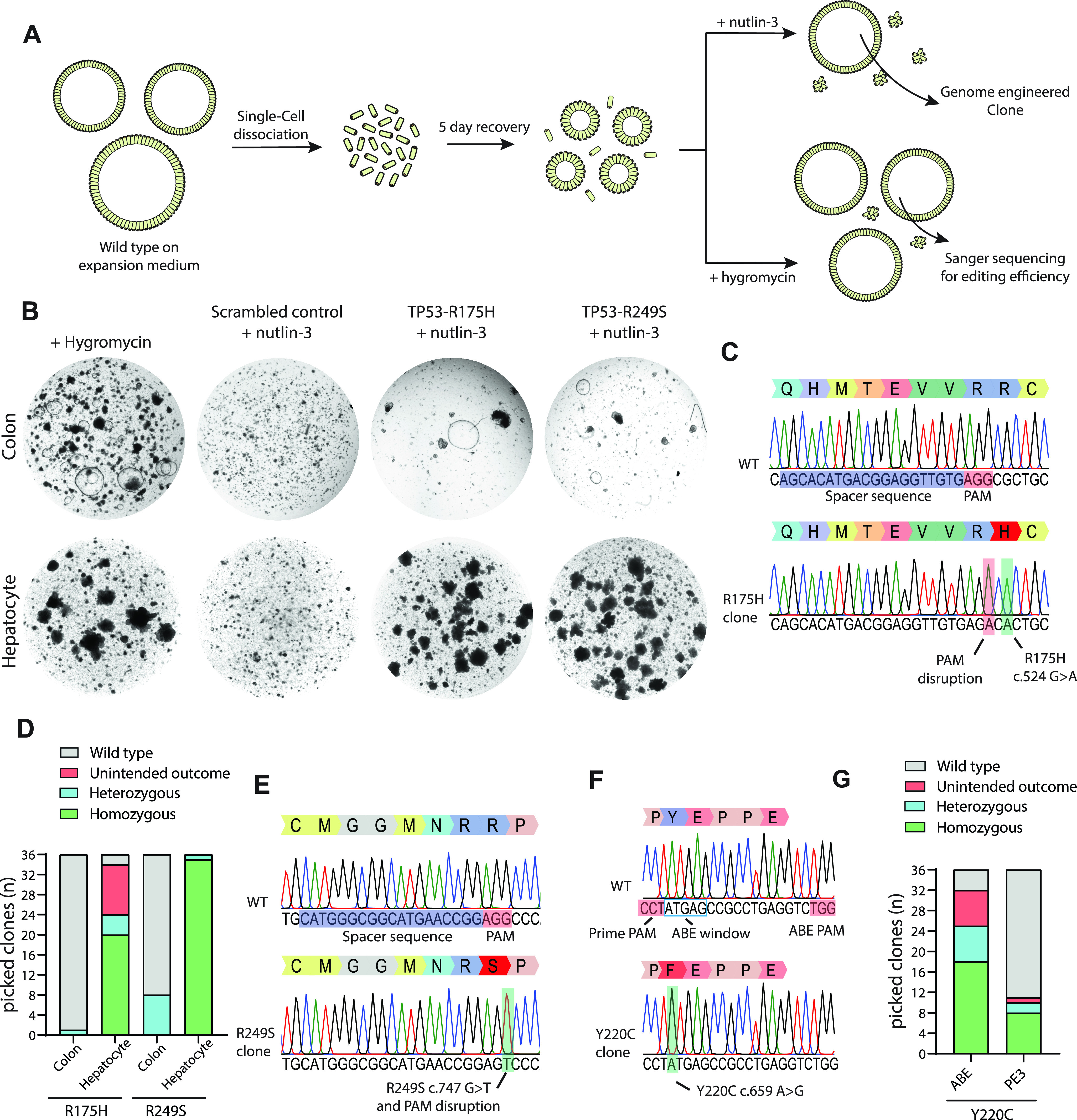Figure 2. Prime editing enables generation of oncogenic mutations in organoids.

(A) Strategy to generate TP53-mutated human organoids. (B) Bright-field images of prime-editing experiments targeting the TP53-R175H and TP53-R249S mutations compared with a negative scrambled sgRNA control and hygromycin resistance. (C) Sanger sequencing trace of selected clonal organoids harboring the TP53-R175H mutation compared with WT. (D) Prime-editing efficiency on TP53-R175H and TP53-R249S as determined by Sanger sequencing on hygromycin-resistant clones. (E) Sanger sequencing trace of selected clonal organoids harboring the TP53-R249S mutation compared with WT. (F) Sanger sequencing trace of selected clonal organoids harboring the TP53-Y220C mutation compared with WT. (G) Adenine base editing versus prime-editing efficiency on the TP53-Y220C mutation as determined by Sanger sequencing of hygromycin-selected clones. Protospacer adjacent motifs are shown in red and guide-RNA sequences are shown in blue.
